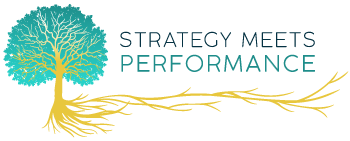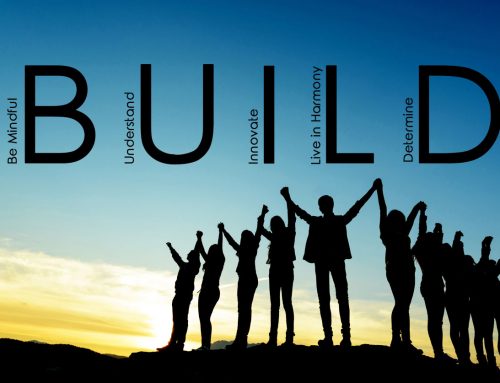In our American culture, people want things done yesterday. The thing about change is that if you want to create new ways of doing things in your organization with behaviors that become part of the culture (and not a passing phase) you must invest the time and resources into the process. I can’t tell you how many employees I have spoken to over the years who looked at me suspiciously and wondered (sometimes out loud) what “flavor of the week” corporate was serving now.
And you know what? They’re right. Too often, the corporate office will determine what needs to be done and they’ll send this edict out to employees through speeches, the intranet and email messages. They’ll often ask for a major changes in behavior or in the way things are done. When this is done without explaining the rationale or seeking employee input, employees get frustrated and sometimes dig in their heels because it just doesn’t make sense to them. When this happens enough, you get the suspicious, cynical employees who give me salty looks. And I can’t say I blame them.
The way to make effective sustainable change is to develop a strategy around the change. John Kotter argues that change is a process and not an event. His change model lays out the steps of change in a way that is not only doable, but builds momentum, buy-in and energy around the change.
He builds the case for having urgency around the change and developing a coalition of people within the organization who will help make it happen. The next step and very important component is creating a vision and empowering employees to make the behavior changes necessary. Throughout the process, it is important to create structures that support the change and to celebrate short-term wins. This change can be institutionalized and made part of the culture by constantly showing employees how their new behaviors are linked to the success of the effort. Lengthy? Yes. Time-consuming? Maybe. Effective and sustainable – definitely.
Managers who have helped make sustainable change in their organizations have usually had a change process where they not only gave their input, but they helped propel the change forward. Managing change is a process that takes time and the question that leaders need to ask themselves is if they want long-term sustainable change or short-term change that often reverts back to the old way of doing things. Like anything in life, what you get out of something has a direct correlation with what you put into it.
Dr. Sherry Nooravi is an organizational effectiveness consultant and Principal of Strategy Meets Performance, a leadership consulting firm that helps clients improve their company’s performance through their people.




